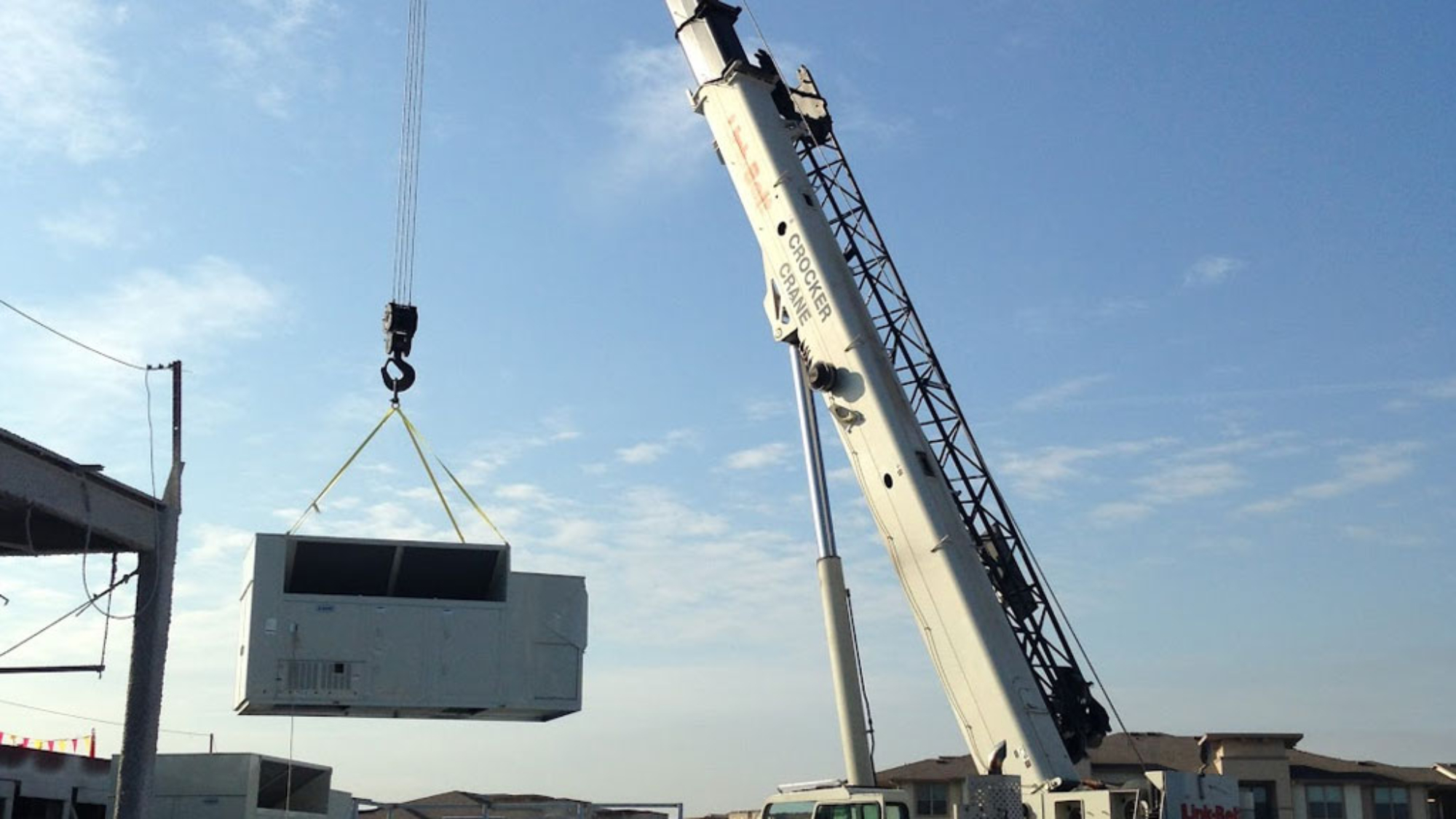Construction leaders think they must be cheap to win. They’re wrong.
After two decades as a fractional CMO for construction companies, I’ve helped dozens of contractors escape the dangerous cycle of competing solely on price.
The truth? Low-bid is rarely necessary in the private sector. Even public projects increasingly use best value methodology instead of defaulting to the lowest bidder.
The average construction profit margin in America sits at just 5%, with some cities seeing even lower margins at 3.5%. This thin-margin reality is often self-imposed. (source)
You shouldn’t aim to be the low bid unless you have an innovative way to deliver construction services at a lower cost while still maintaining healthy profits.
The True Cost of Low-Bid Work
The damage goes beyond squeezed margins.
Low-bid work creates adversarial client relationships. Every change order becomes a battle. Every decision gets scrutinized through a lens of distrust.
Construction veteran Matt identifies a clear pattern for contractors that go out of business: they were the LOW-BIDDER, operated without pre-planning, fell behind schedule, and got hit with significant back-charges. (source)
When you pursue low-bid work, you signal to owners that you’re a commodity. Just another interchangeable contractor.
You’re constructing more than buildings. You’re building relationships.
In negotiated and best value work, you and the owner become partners on the same team. Client retention increases because you’re not constantly beaten out by low-ball competitors.
Identifying What Makes You Different
If construction companies all sound alike and don’t share their differentiation, price becomes the only distinguishing factor.
Relevant experience, technology, and innovative processes are all powerful differentiators. But they’re not enough.
Construction companies also need to show brand personality and culture. This humanizes your company and creates emotional connections with selection committees.
To uncover your unique characteristics, start by asking why the company was founded. Talk with executives and team members in the field. Survey clients, subcontractors, and architects.
Use structured approaches like storyboard brainstorming or the StoryBrand framework to articulate your unique value proposition.
Bidding Differently for Best Value Work
Best value bids require a completely different approach than low-bid submissions.
You must clearly communicate what makes your company better and more valuable to the selection committee or owner.
Projects using Best Value procurement experience 37% less cost growth than lowest-bid contractors. Owners pay less than 1% more initially, but the average cost growth of Best Value projects is 7.6% compared to more than 12% for low-bid projects. (source)
This data proves what experienced contractors already know. The “cheapest” bid rarely results in the lowest final cost.
The Business Development Shift
Low-bid work is publicly posted for anyone to bid. Private work and best value opportunities often come by invitation only.
This requires a fundamental shift in how you find work.
Many construction companies need to hire an experienced business developer with existing relationships. They also need marketing strategy support to make this transition successfully.
Relationship-building must happen before the bid process begins. This pre-bid groundwork is foreign territory for companies accustomed to simply responding to public RFPs.
Overcoming the Psychological Barriers
It feels safe to blend in instead of stand out. That’s human nature.
The best value scoring system may seem unfair at first because you don’t understand the new game you’re playing.
This transition takes 6-18 months because it requires a leap of faith from company leaders.
The best way to maintain confidence is to agree upfront that this is a multi-year transition. Do internal debriefs to improve your proposal process. Ask clients for feedback whether you win or lose.
Celebrate milestones beyond just winning work. Getting shortlisted to round two, advancing to the presentation phase, or even placing second are all signs of progress.
Common Pitfalls to Avoid
Many companies fail in this transition because they offer nothing unique. They still think with a low-bid mentality despite claiming to focus on value.
Others neglect relationship-building before the bid process. Some give up too soon, expecting overnight results.
Perhaps the most dangerous pitfall is chasing every project regardless of qualifications. This wastes your resources and the selection committee’s time.
Create and use a Go/No Go formula to determine which projects to pursue. This disciplined approach prevents spreading yourself too thin on unwinnable bids.
Making the Transition Gradually
You won’t transform from low-bid to best value overnight.
Look at it as a way to diversify your work at first. Start with a small percentage of negotiated projects while maintaining your core business.
Steadily increase the proportion of best value work over time as you build capabilities and confidence.
In negotiated bid processes, you form trusted relationships with project owners and architects from the beginning. This allows you to identify potential issues early and recommend alternatives that maintain quality while controlling costs.
The collaborative approach creates more realistic timelines and budgets, reducing costly change orders later.
This transition requires commitment to the process and guidance from someone who’s done it before. The payoff comes in higher margins, better client relationships, and a more sustainable business model.
Breaking free from the low-bid trap isn’t easy. But for construction companies willing to differentiate themselves and demonstrate their true value, it’s the path to long-term success.

